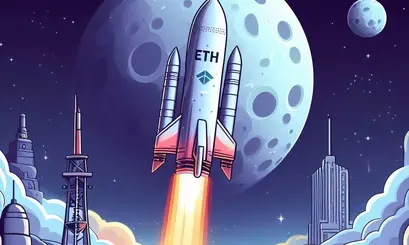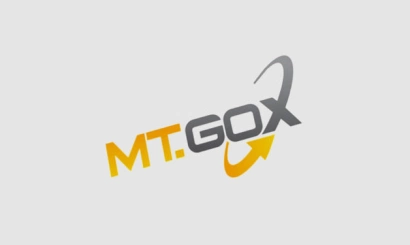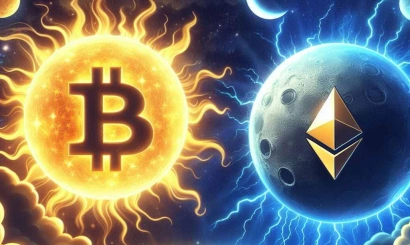The Solana token has fallen 62% since the beginning of the month. Causes and Prospects
One of the leading blockchains has run into difficulties: its cryptocurrency has fallen in price and application developers have begun to leave the network. Why it happened, how FTX crash is connected to it, and what's next for the project
Solana has fallen 62.5 percent since the beginning of the month, from $32 to $12. Crypto projects began to exit the blockchain and investors began to get rid of assets in related coins. We explain why Solana is in trouble amid the FTX crash and what the network and its SOL token have in store.
The Solana and FTX nexus
Solana's blockchain is a high-bandwidth, fast-transaction network. It was founded in 2017 by Anatoly Yakovenko of Solana Labs. While other blockchains suffer from scalability and speed problems, Solana uses an algorithm that can process thousands of transactions per second, for which it has been dubbed the "Ethereum killer.
FTX and Alameda have been major partners in Solana and have been active supporters of the project. After the FTX group companies filed for bankruptcy, the Solana Foundation team released data on its assets related to Sam Bankman-Fried companies.
Solana said it had 134.54 million SRM tokens and 3.43 million FTT tokens on FTX, which were worth about $107 million and $83 million, respectively, the day before FTX was blocked. Also, the project team reported that Alameda and FTX purchased more than 50 million SOL tokens ($600 million at the Nov. 21 exchange rate of $12) from Solana Foundation and more than 7.5 million SOL ($90 million) from Solana Labs during 2020 and 2021.
Against the backdrop of the FTX events, massive sales of SOL token began to take place, causing its value to plummet
. Rate of Solana coins plummeted from November 8 (when the head of Binance announced the sale of tokens FTT) to November 10 twice - from $ 28 to $ 14. Since then, the coin has fallen even further: as of 5:00 p.m. NY on November 21, it's worth about $12.
The asset's capitalization has dropped from $10.8 billion to $4.3 billion since Nov. 8. Blockchain cryptocurrencies Polygon and Tron have surpassed Solana in the ranking of the largest capitalized coins.
Alameda has invested in many Solana-related projects, such as Serum (SRM), MAPS (MAPS) and Oxygen (OXY). The tokens of all of these startups have also begun to rapidly lose value.
The founder of Terracrypto International Forum also mentioned cryptoprojects built on the Solana blockchain, in which Alameda invested: Mercurial (MER) and Delta (DELTA). These cryptocurrencies also plunged in value after the collapse of FTX.
Exodus of projects and assets from the Solana blockchain
In November 2021, DeFi-applications stored more than $10.1 billion on the Solana network, according to analytics platform DeFiLlama. The value of these assets was falling along with cryptocurrency prices, just like in other blockchains. However, the FTX scandal caused a sharp outflow of funds from the Solana network.
Since November 2, when CoinDesk published an article about Alameda Research's problems with reserves, the value of blockchain assets in the Solana network (TLV) has fallen from $960 million to $285 million. During that time, $675 million, which is 70% of the volume at the beginning of the month, has left the network.
DeFi projects Mango Markets and Cashio left the blockchain completely. The Nirvana protocol has reduced funds in Solana by 95%, Solend by 90%, and Lido by 76%.
Amid the collapse of FTX and the problems of the Solana network, the Binance exchange announced plans to create a fund to help cryptoprojects that are strong at their core but have run into problems. Changpeng Zhao's idea was supported by Project Tron, the Huobi Global and Poloniex exchanges.
A little later, the developers of Ethereum Pow responded to the call, and the OKX ecosystem announced $100 million to support projects that began to experience liquidity problems and help them migrate to the OKX Chain network.
Stablecoin transactions suspended on Solana blockchain
On November 17, the Binance exchange announced a temporary suspension of accepting USDC and USDT deposits on the Solana blockchain without explanation. Stablecoin deposits on the Solana network were also suspended by OKX, Bybit, BitMEX, KuCoin, MXC and Crypto.com.
After that, USDT's staplecoin issuer, Tether, issued a statement explaining that there is no risk to the staplecoin associated with Solana, Alameda's active participation in Solana has no effect on the underlying dynamics of USDT's operation and issuance. Tokens on Solana are equivalent to tokens on any other blockchain, they are not issued by the Solana project and are not reserved by Alameda or FTX, Tether said in a statement.
The stabelcoin issuer also noted that the exchanges' decision to suspend deposit acceptance is likely only due to the close ties between FTX, Alameda and Solana. Binance's USDT deposit acceptance was later restored.
However, on November 18, Tether announced on Twitter (the social network is blocked in Russia) that it would transfer 1 billion USDT from the Solana blockchain to the Ethereum network, after which only 900 million tokens will remain in the Solana network.
Solana token and blockchain perspectives
Apparently, the collapse of FTX started a chain reaction. This event could start a new series of bankruptcies, and the decline in asset values could continue. According to him, this makes the prospects of Solana token quotes recovery look very unrealistic right now.
As for the blockchain, the team will continue its work, fixing bugs and scaling the network. Solana will continue to evolve, and application developers will not stop working on their projects within the ecosystem, but will pay attention to Ethereum Virtual Machine (EVM) networks and compatibility with them so that they are not dependent on the Solana network alone.
Etehreum Virtual Machine (EVM) is a software environment that allows developers, using smart contracts, to create decentralized applications based on the Ethereum blockchain. Fantom, Avalanche and BSC blockchains already have their networks compatible with EVM.
11.21.22 by Robert Strickland

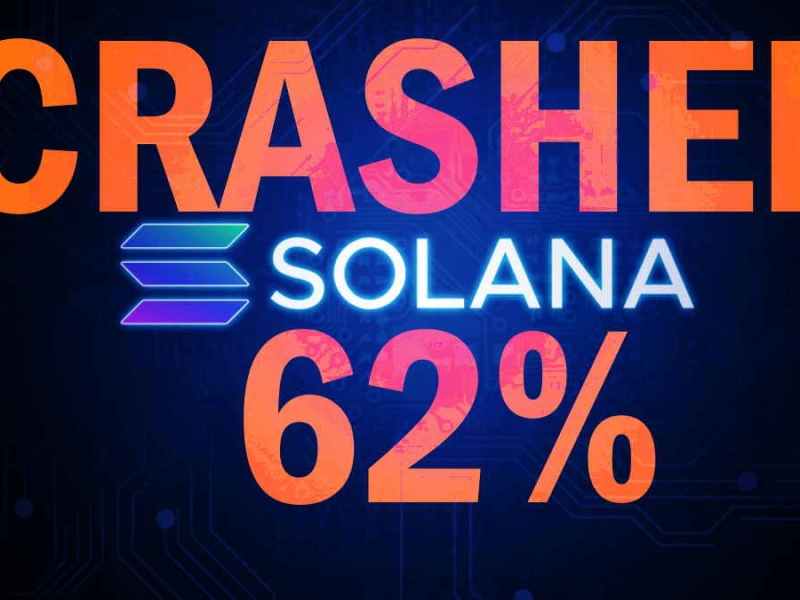

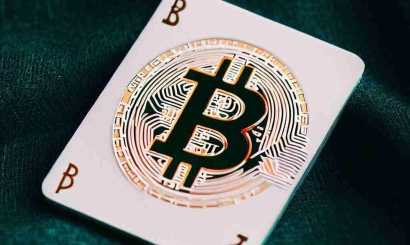
_410x245_00e.webp)
